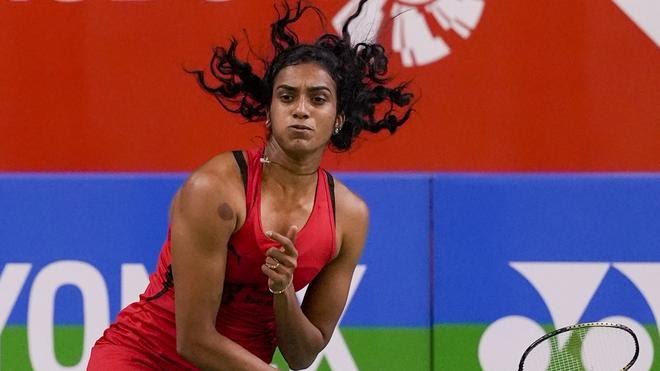In the high-stakes arena of international badminton, change is constant—and PV Sindhu, India’s iconic shuttler, knows this better than most. Once feared for her relentless attacking game, Sindhu has found herself adapting to a new era in women’s singles: one defined by longer rallies, intense stamina battles, and the need for heightened physical and mental endurance.
From Attacking Flair to Enduring Focus
The PV Sindhu who won silver at the 2016 Rio Olympics was a force of raw athleticism and attacking aggression. But fast forward nearly a decade, and the sport has transformed. Matches are no longer won with just smashes and speed—they’re won through persistence, patience, and precision. Today’s rallies stretch to 30, even 40 shots at a time. It’s less about how fast you strike and more about how long you can endure.
Sindhu, ever the student of the game, has embraced this shift.
Training for Longevity
Recognizing the physical demands of the modern game, Sindhu’s training has changed dramatically. There’s a greater emphasis now on endurance training, strength conditioning, and recovery. Her sessions are no longer just about court time—they’re about managing the body over weeks of travel, tournaments, and training cycles. With matches frequently extending beyond an hour, her focus has shifted from just striking winners to controlling tempo and conserving energy smartly.
Mental Reset and Tactical Reinvention
Physical adjustments aside, the mental side of Sindhu’s game has undergone a significant reset. Losing tight matches and facing younger, faster opponents can shake even the most seasoned players—but Sindhu has used these challenges as fuel. Instead of pushing for early points, she now digs in, ready to wear opponents down. Her tactics have matured—she mixes defensive resilience with carefully timed aggression.
What once relied heavily on physical dominance now incorporates strategy: delaying attacks, stretching rallies, placing shuttles into corners with precision, and reading opponents’ movements more effectively.
Adapting to the New Generation
Sindhu is now a senior figure in a circuit full of rising stars from Korea, China, Japan, and Europe. These players bring a new blend of speed, stamina, and adaptability. Rather than trying to outpace them, Sindhu now looks to outlast and outthink them.
She’s also picking her tournaments carefully, focusing on performance rather than overplaying—a clear indication of long-term planning, possibly with Paris 2024 and even Los Angeles 2028 in mind.
Still in the Fight
At 29, PV Sindhu is far from done. In fact, she’s entering a new chapter—one where wisdom, experience, and strategic adaptation might be her biggest strengths. Her resilience, willingness to evolve, and hunger for success continue to set her apart.
The women’s game may have changed, but so has Sindhu. And that’s exactly why she remains one of Indi
a’s brightest sporting hopes.




















Discussion about this post